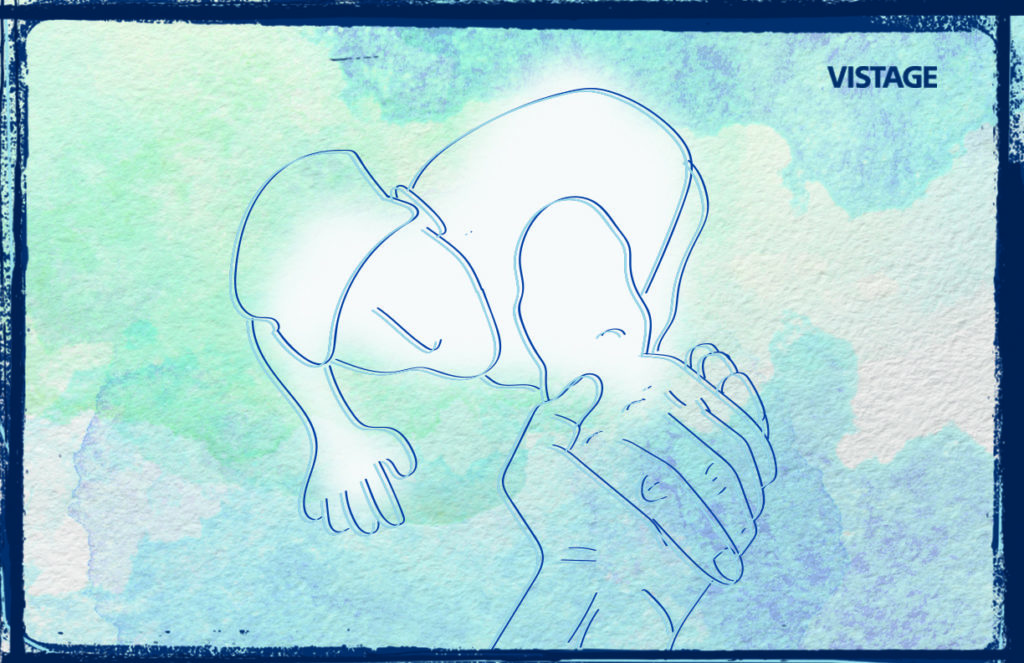Is Conflict Resolution Part of Your Corporate Culture?

Conflict in the workplace is inevitable, but doesn’t have to be damaging if a culture of conflict resolution exists and there’s training to support it. This post exposes how people commonly deal with conflict and presents nine communication tactics for successfully and powerfully managing conflict.
Here are the most common methods of dealing with conflict (incorrectly):
- Avoid or run away from the conflict. An example of this could be when someone refuses to address a problem with a spouse or co-worker.
- Pretend the conflict doesn’t exist. This is when we deny that there is even a problem to address.
- Give in or go along with the other person. When we give in or go along, we deny our own needs and build resentment towards the other person.
- Attack or try to win through force or power with criticism, insults, manipulation, name-calling, or violence, which is a very destructive method to deal with con
As you might imagine, none of these styles resolve our problems. Rather, they worsen the situation, allowing conflict to fester and explode out of control. So, how do you handle conflict? Do you have a conflict style that you use in difficult situations? Let’s look at some ways that we can deal with conflict in a healthier manner. Since good communication is the key to successful conflict resolution, we’ll start there.
Elements of Successful Communication
- Have respect for the other person’s feelings and point of view, even though you don’t agree.
The goal to successful communication is to have empathy – to understand why someone is doing what they are doing and feeling what they are feeling. I believe that empathy is the glue in all relationships. If you don’t have empathy, you don’t have anything.
- Don’t take the conflict personally; don’t let it under your skin.
Let the other person blow off steam, and be patient. Many people say things in anger that they don’t mean.
- Be a good listener!
To be a good listener, you should avoid interrupting the other person, and ask questions when they are finished speaking. Also, watch body language to be aware of what is going on with the other person, and to look for mixed messages. Mixed messages are when someone says one thing, yet their body language is saying the opposite. There is an old saying, “The most important thing in communication is to hear what isn’t being said.”
- State what you‘re hearing.
Use active listening, which is to paraphrase what you think the other person is saying. This tells them that you understand what they are saying, and gives them the chance to explain, if you didn’t understand. This is an extremely effective tool in managing conflict and avoiding miscommunication.
- Use “I Statements” when discussing hot subjects.
An example of an I Statement is “I feel really hurt when you snap at me, because it makes me feel like you don’t respect me.” An I statement is composed of three elements. The “I” helps us to maintain our responsibility for our feelings or observations; the “when” gives a specific example for the other person; and the “because” provides our reason for why we are bothered by the situation. I statements help us to avoid being vague and accusatory with others.
- State your feelings clearly.
Express what you think without attacking the other per- son. Don’t be hostile or use name-calling, criticism, or insults, which will only make things worse.
- Focus on the problem, not the person.
Look for common ground – a shared need – something you both want or can agree on. This will strengthen teamwork between the both of you.
- Are there any hidden agendas?
Is there something that is bothering the other person that he or she is not talking about, that might be feeding into the problem? Asking questions is a good way to uncover hidden agendas. Try these: “Is something else bothering you? Is there something else going on? You look like you have something more to say?”
- Take timeouts to keep conflict from escalating.
When things get too hot, take some time to cool down – at least an hour or 24 hours if necessary. Be sure to schedule a follow-up time to resolve the issue.
The Problem Solving Process
After you have had a full discussion about the conflict, then you may want to brainstorm with the other person to find some ways to resolve the problem. First, set an agenda on what you both want to focus on in the situation.
Next, brainstorm for different ideas to solve the problem. One of you should write down the ideas, and don’t evaluate the ideas during the brainstorming process. Sort through the ideas and implement a specific action plan. Consider every idea and think about the consequences. Then arrange a follow-up date to check in on the progress of the action plan. If the plan is not working then recycle through the problem solving process again.
Successful Conflict Resolution Takes Practice
These are some tips to manage conflict in a structured and positive format. It takes practice, so don’t throw it out, just because it takes some extra effort. Conflict resolution is not, by any means, the easiest thing to do. Yet, when we don’t deal with our conflicts, they fester and grow worse. It’s like when we feel sick and throw up. No one likes it, but it cleans out the system and we feel much better. Successful conflict resolution takes practice, patience, and respect. There’s an old saying, “Coming together is a beginning; keeping together is progress; working together is success!” How you handle conflict will determine its outcome.
Category: Retention & Engagement
Tags: Communication, conflict resolution, Culture, Vistage International, Your people

